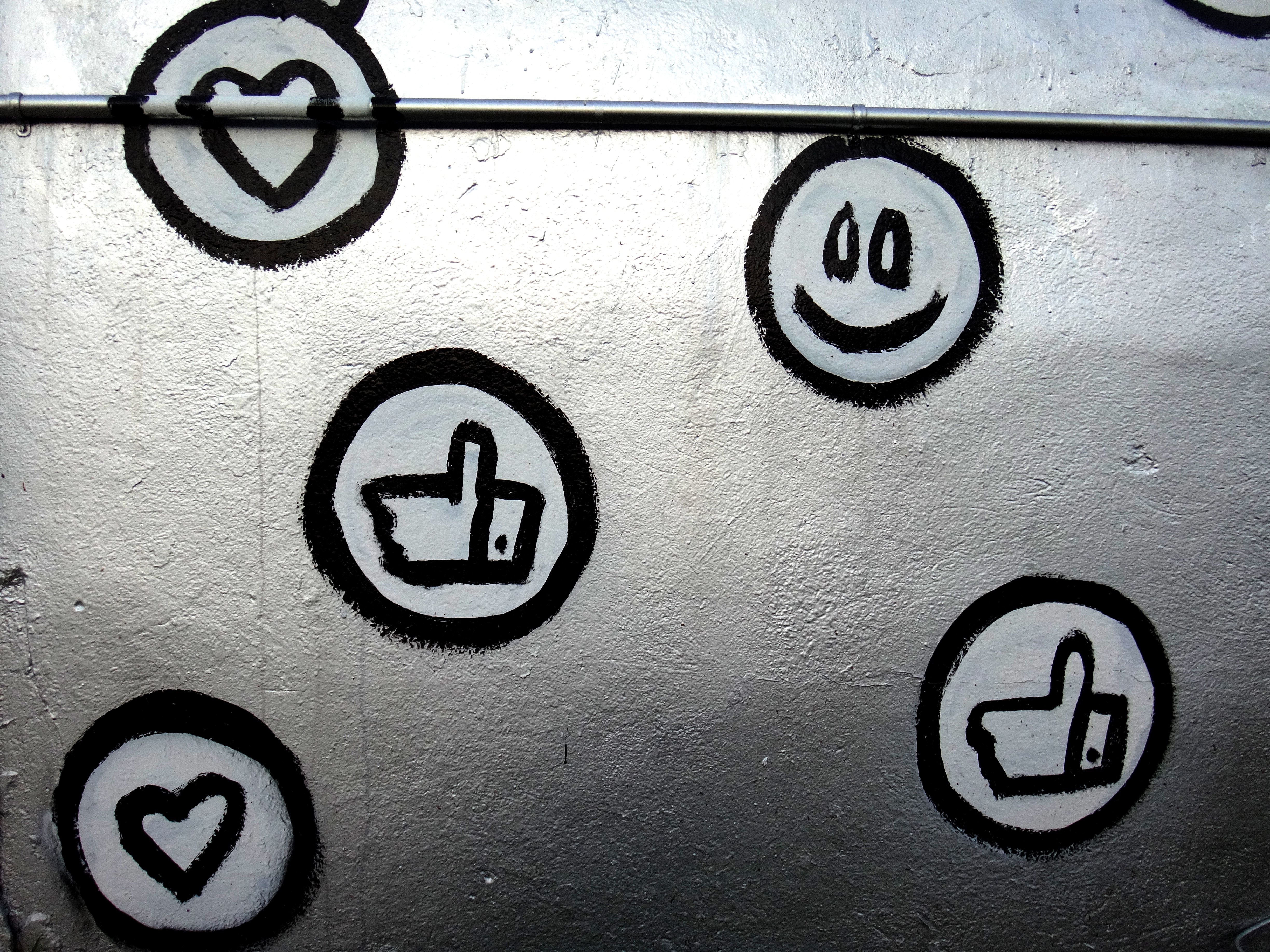The United nations recently released its seventh annual Happiness Report, an extensive look into measurable factors that individuals in countries across the world need to be happy. One entire chapter of the report is dedicated to screen time, especially in the U.S.
“In short, adolescents who spend more time on electronic devices are less happy, and adolescents who spend more time on most other activities are happier,” Jean M. Twenge told the Washington Post. “Digital media may have an indirect effect on happiness as it displaces time that could be otherwise spent on more beneficial activities.”
On its own, perhaps it isn’t surprising. Time spent on social media does lower self image, as many studies have found, since what is posted online is often a perfect facade. That being said, the reason the U.S. has declined in happiness in the last four years can’t solely be blamed on too much social media.
Parents can’t send their children to school safely. There have been so many mass shootings (69 this year, to be exact) that there was a commodity, briefly, for bulletproof backpacks. An eight-year-old girl told her mom that she couldn’t wear her light up shoes to school because, in the case of an active shooter, her shoes would give away her location.
Those who survive are often broken beyond repair. One year later, two survivors of the Parkland school shooting committed suicide, as did a parent of one of the children.
Average teens are under so much duress that many of them experience the same amount of anxiety that in the 1950s would have put an individual in a mental hospital, said Psychology Today. Yes – teens are experiencing rates of anxiety that, when our grandparents were our age, they would need to be institutionalized for. This stress comes from anything from preparation for college- scholarships, AP classes, intense athletic practices, part-time jobs to pay bills. Yet, they can still come up short.
Higher education has become outrageously costly. Our current Editor-in-Chief had to work three jobs (two under the table) totaling 40 hours a week over the summer, at a rate above minimum wage, to pay for half a year of her housing. This doesn’t include, or even begin to touch, the cost of tuition, or her student loan debt, which research shows is just growing.
“Student loan debt is now the second highest consumer debt category – behind only mortgage debt – and higher than both credit cards and auto loans,” reported finance reporter Zack Friedman in an article for Forbes.
“More than 44 million borrowers… collectively owe $1.5 trillion in student loan debt in the U.S. alone,” continued Friedman, citing statistics from Make Lemonade in 2018.
Yet, a college degree is becoming all but required in any non-service-industry job.
But once that job is obtained, hustle culture or the belief that one should not just enjoy “crunch time” but always be on crunch time, has burned out a generation of workers, leaving them unable to and often uninterested in recreation, and in turn burning out that industry with lack of demand. Simply getting to adulthood is becoming a survival of the fittest.
On top of the quotidian demands of school and work, individuals are going bankrupt paying medical bills to keep themselves alive. Healthcare cost online reported that the cost of treating Type 1 diabetes – which people are born with – increased from $12,467 in 2012 to $18,494 in 2016. Epipens have become so expensive people are buying them in Canada and shipping them to the U.S. Diseases that had, at one point, been eradicated by vaccines are making a comeback.
If social media has done anything, it has created an awareness of these problems, and a community of young adults experiencing the same difficulties. It’s often taken on a humorous, or cutesy name, like #adulting. But social media has also been used to take action, as well.
#MeToo has drawn attention to violence against women, and created a community of support. The teens from Parkland organized a nationwide march to Washington entirely through social media. In short, it helps kids feel like a part of something bigger.
The Huffington Post reported that teens may have smaller in-person friend networks, but social media prevents them from feeling lonely. As a matter of fact, it makes them feel connected to others. Social media, and the internet in general, offers a kid with only a device and some wifi access to a whole community of support and resources.
In the end, perhaps social media is simply like any other invention- bringing only a change in habits that is equal parts happy and sad.
The Muhlenberg Weekly's Editorial Board is comprised of the Editor-in-Chief, Managing Editor(s) and Section Editors, one of whom writes the editorial. Material appearing without a byline represents the majority opinion of the Editorial Board.






















